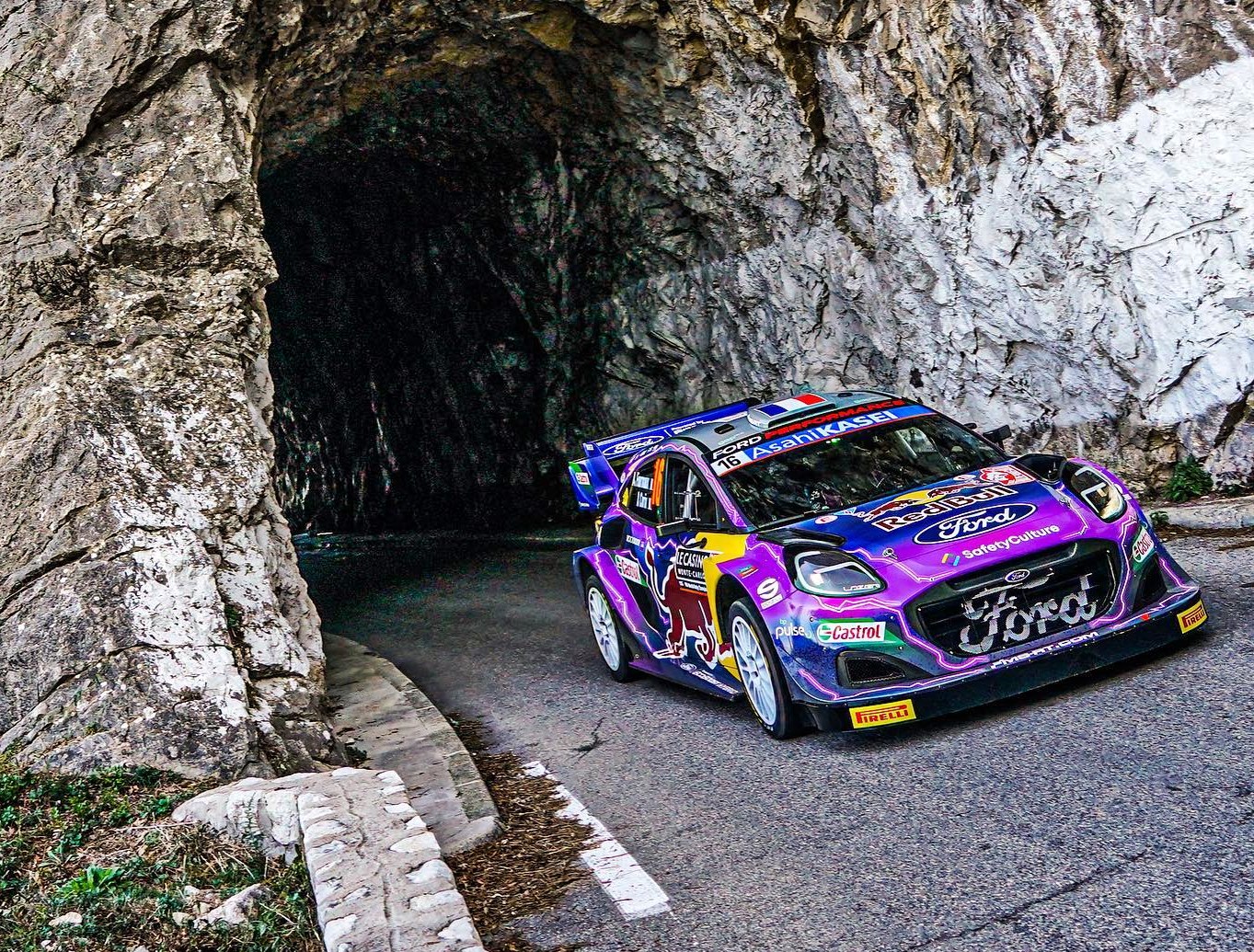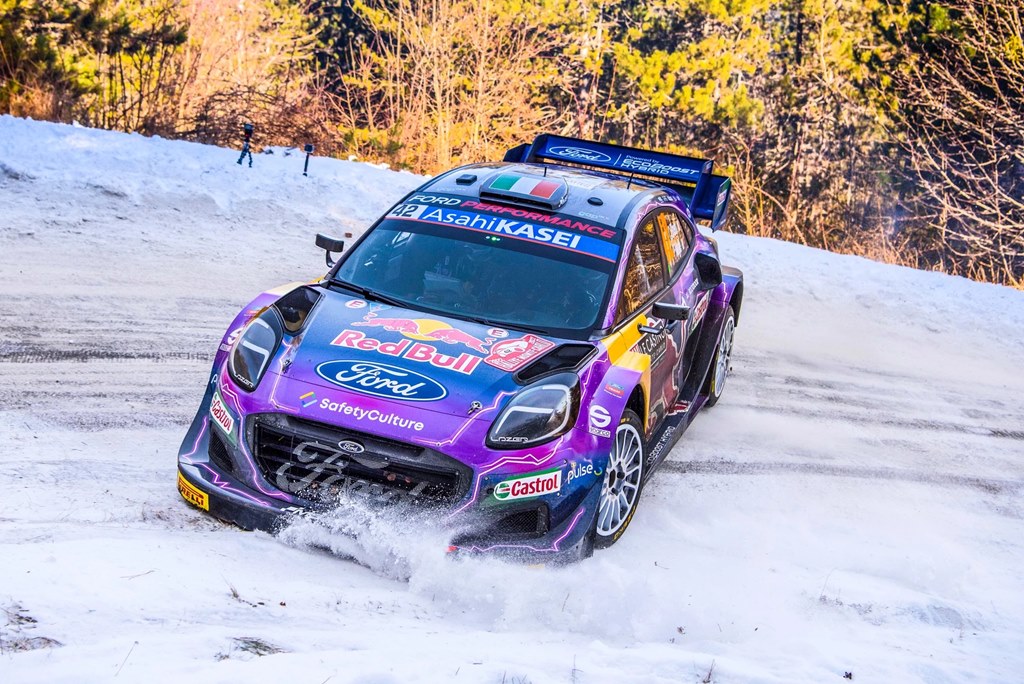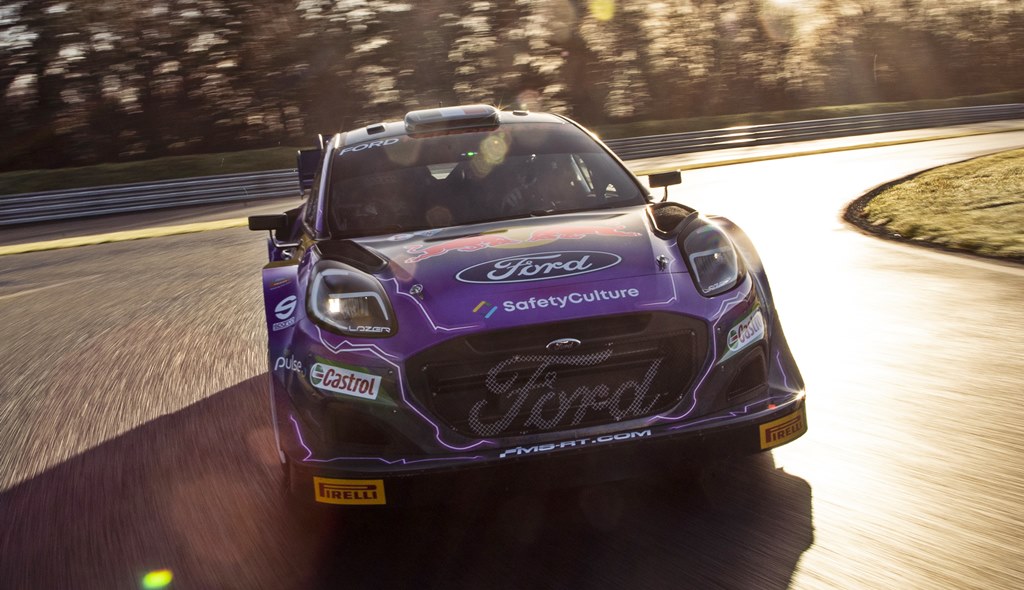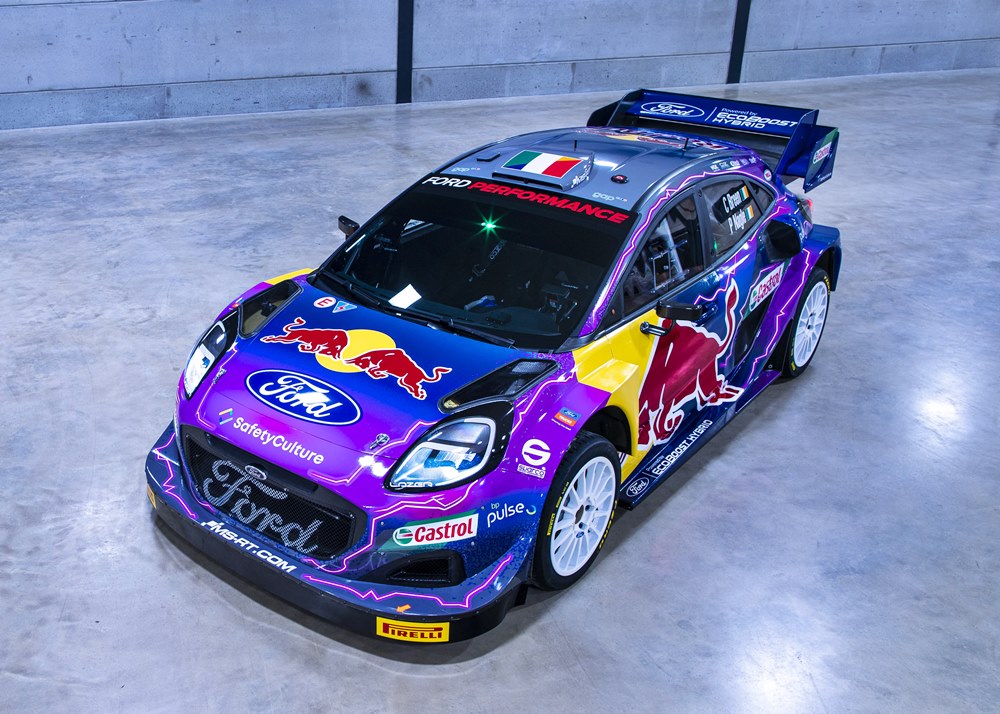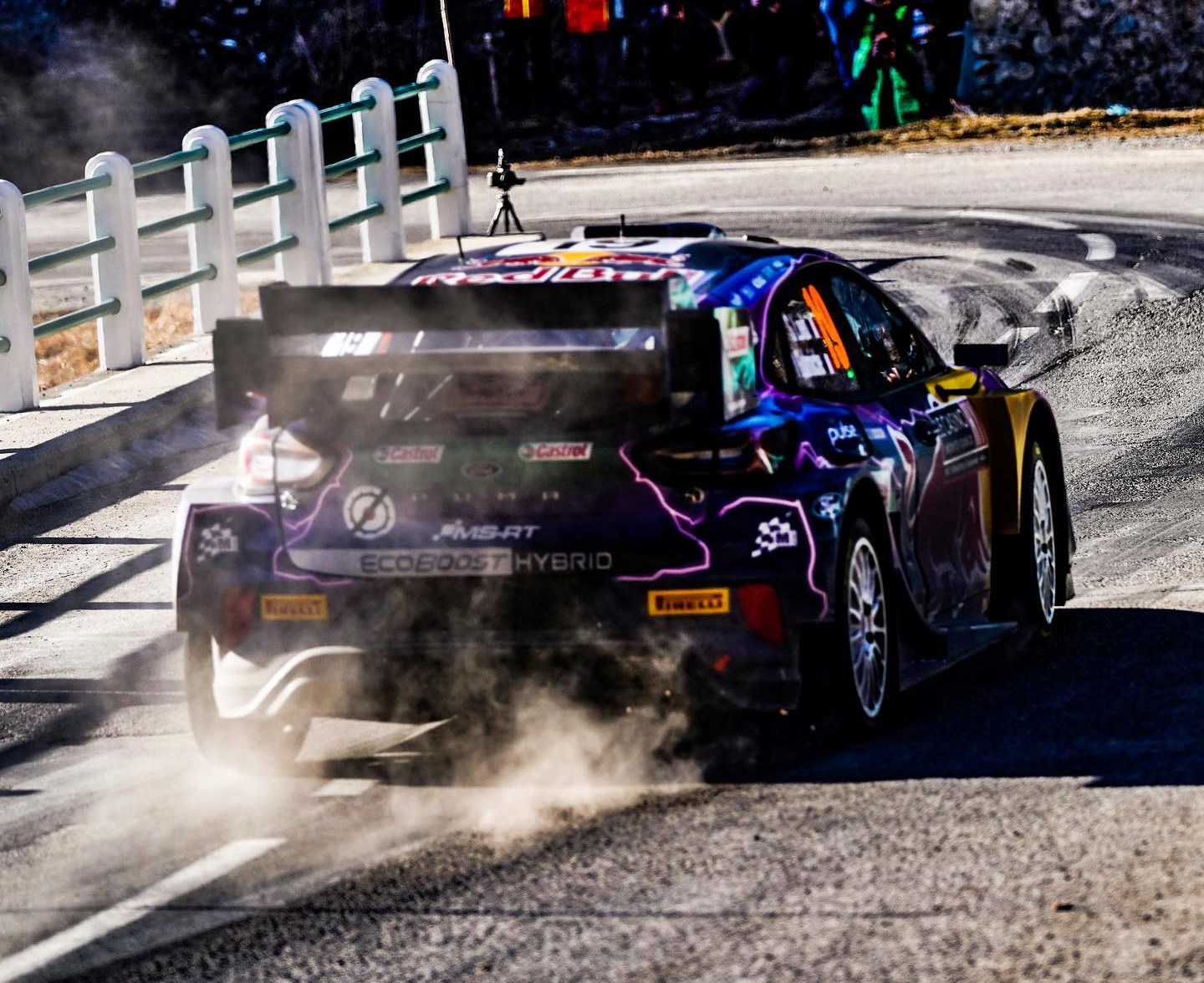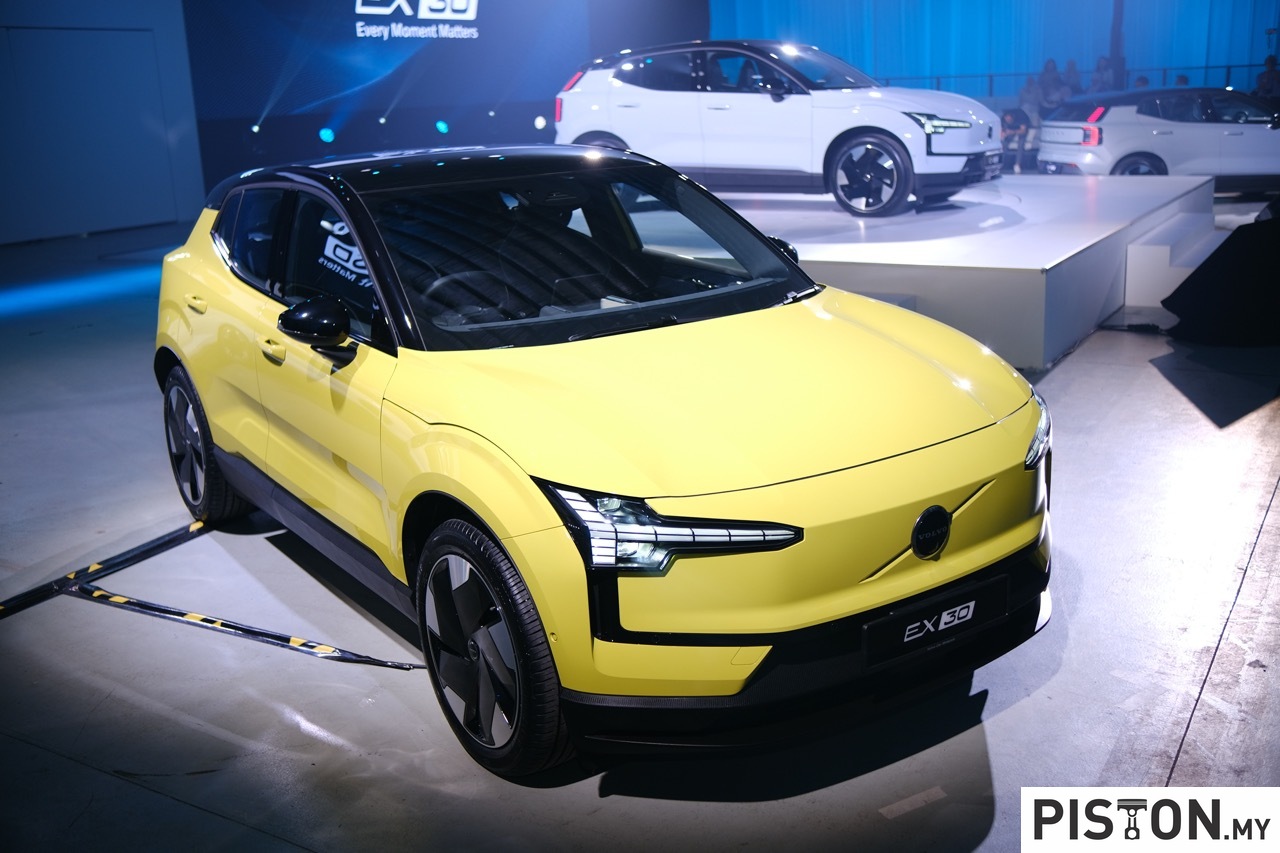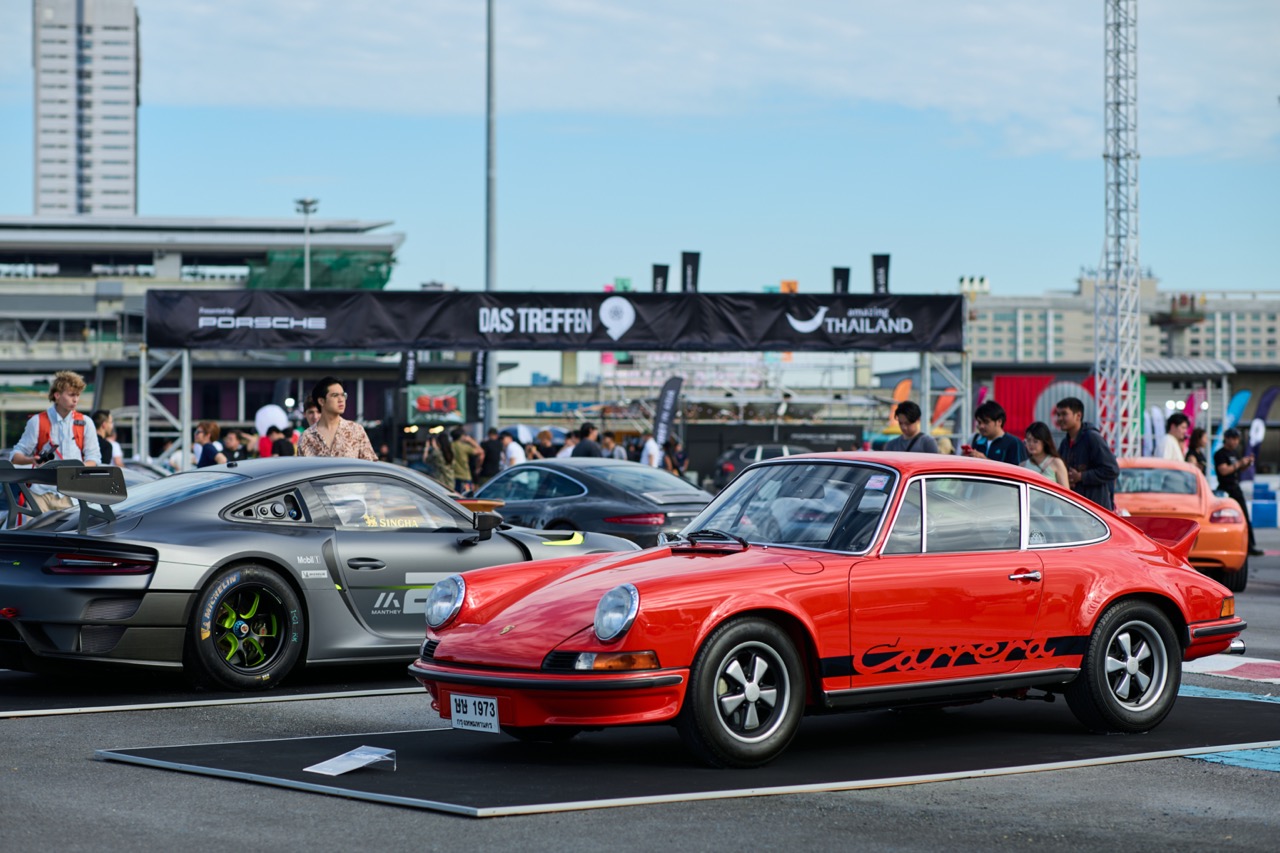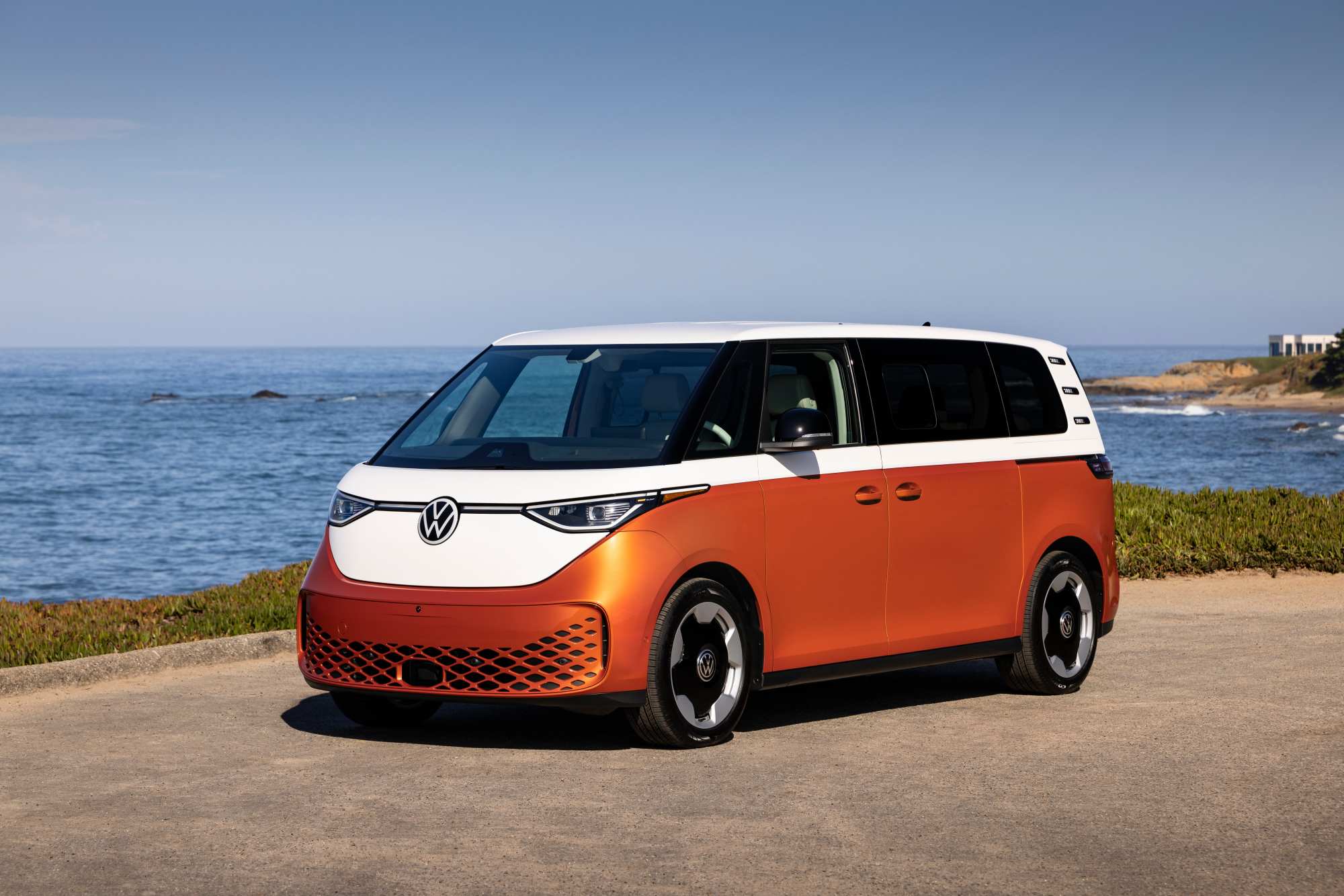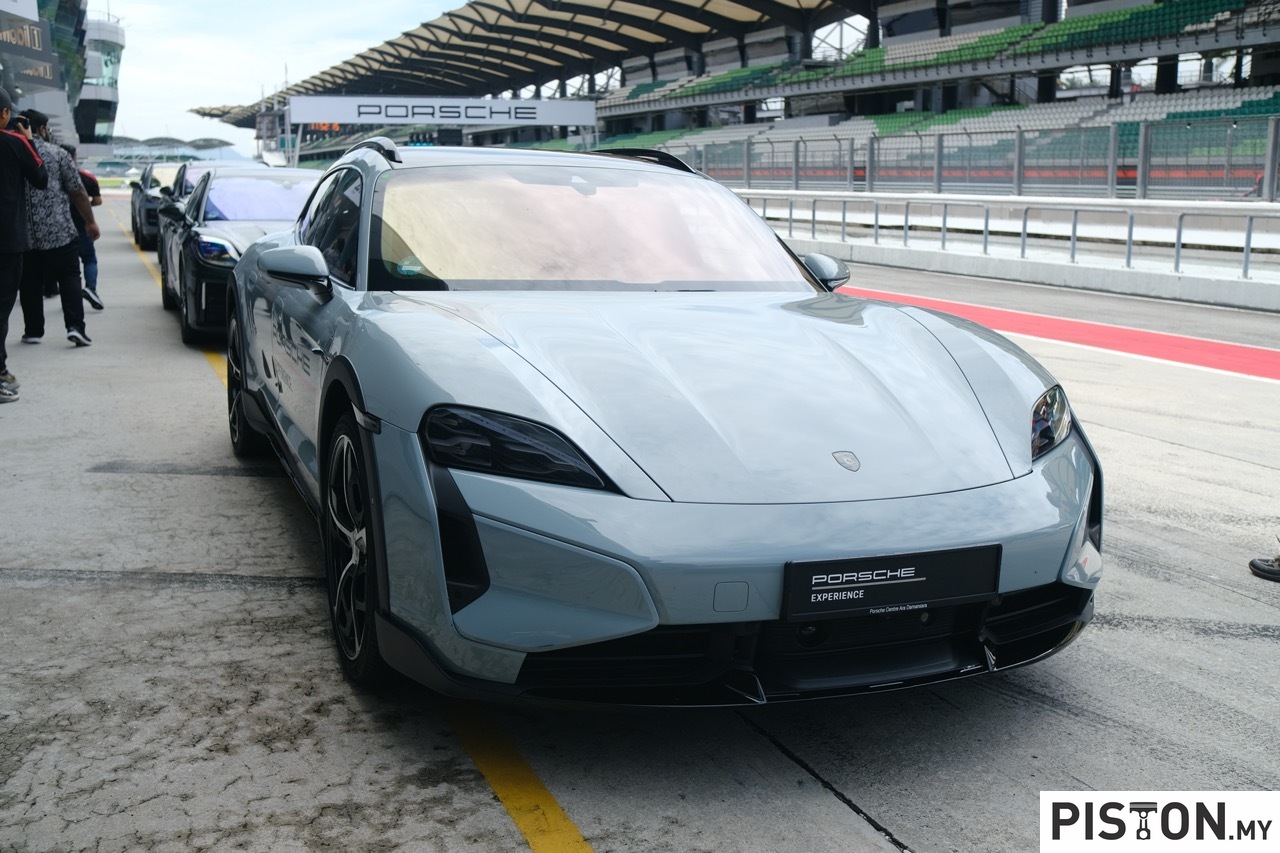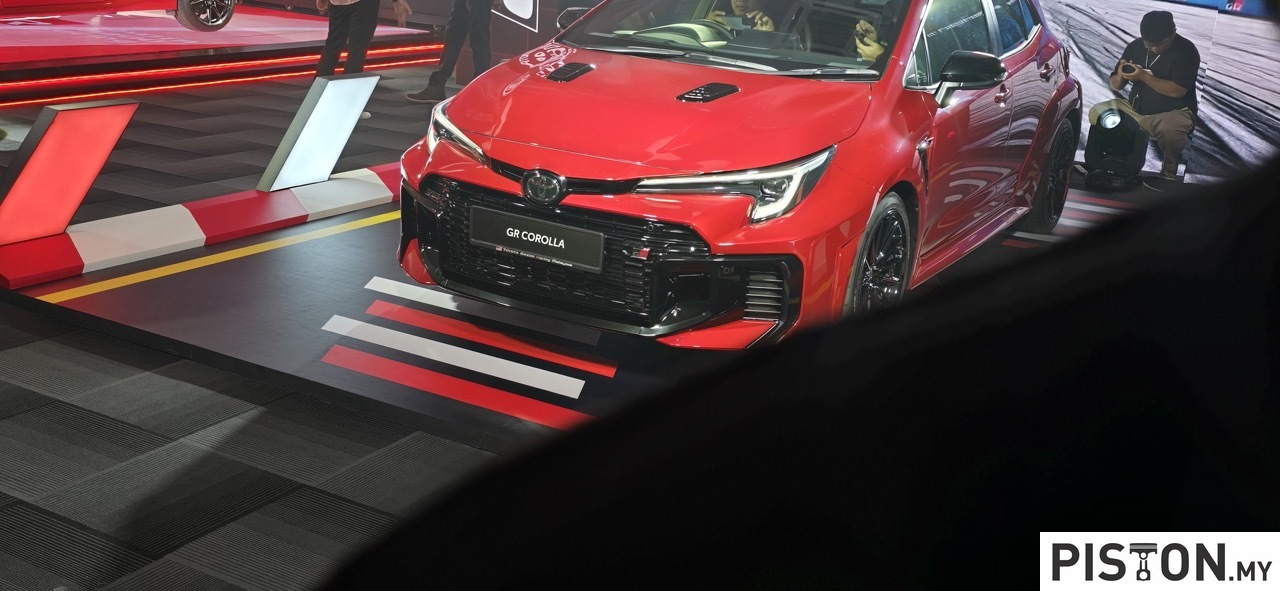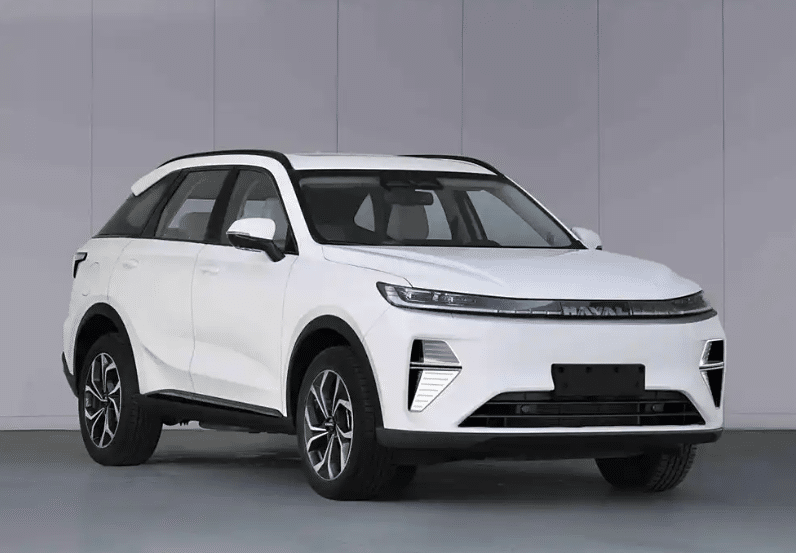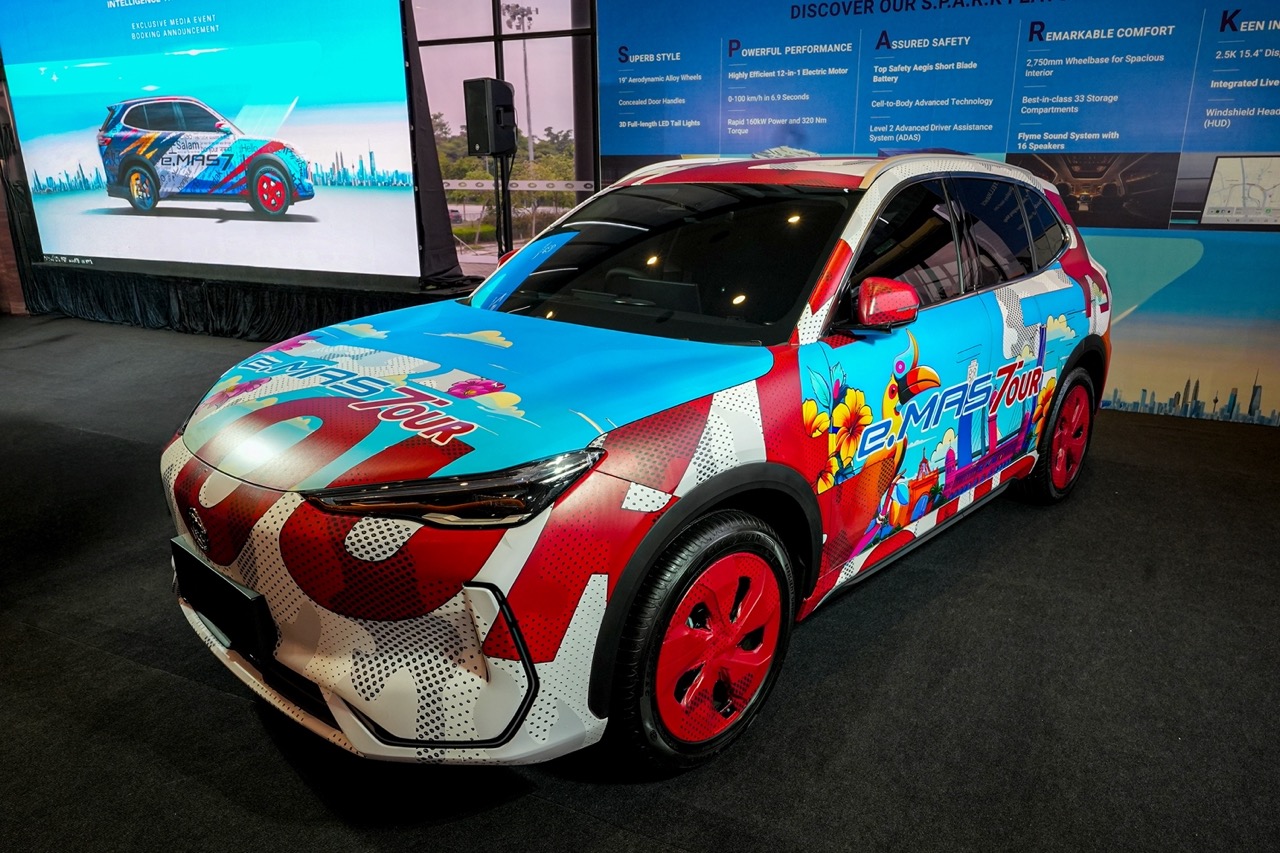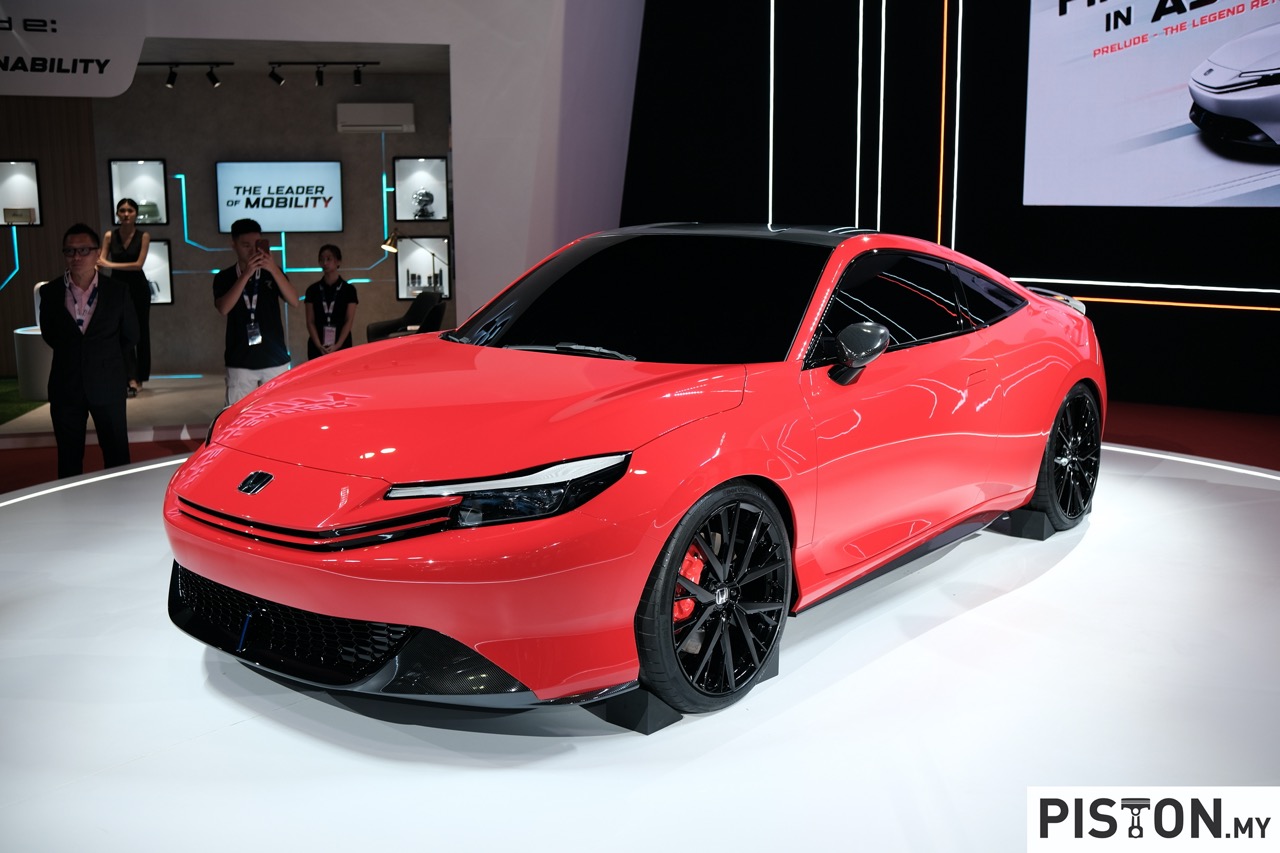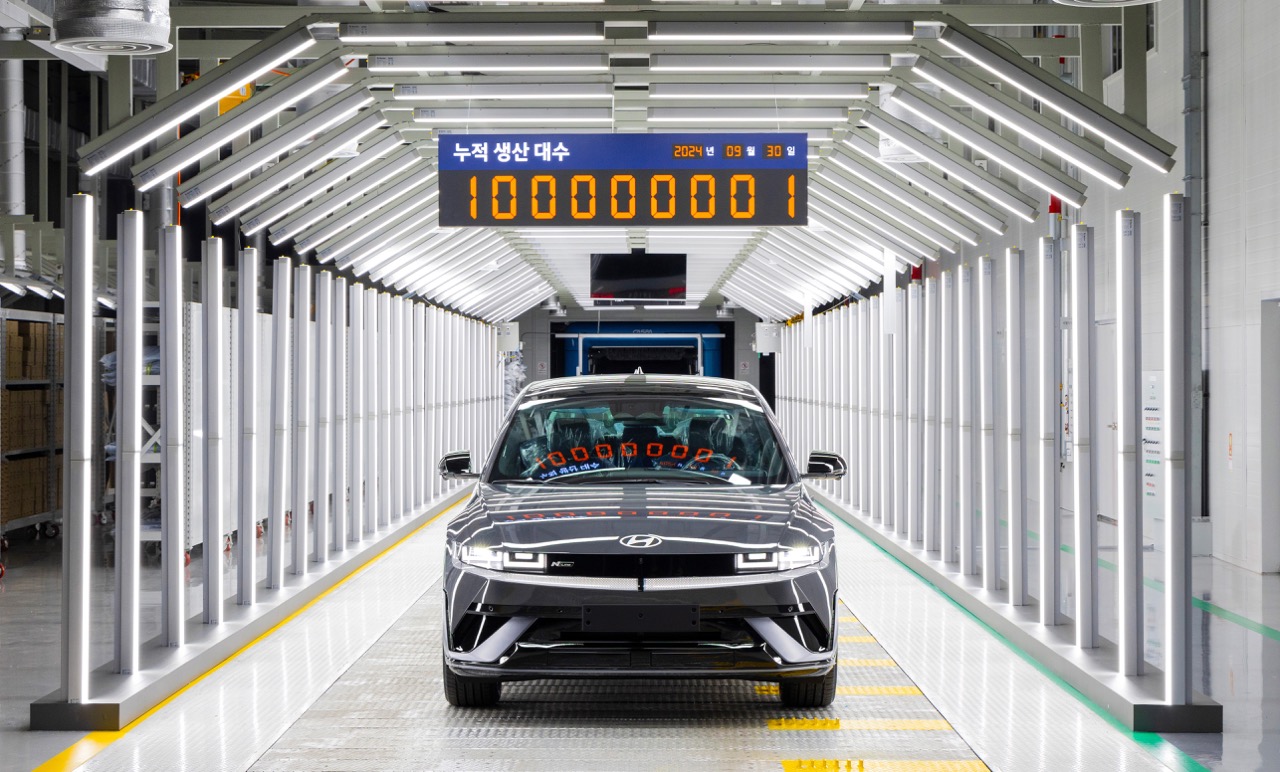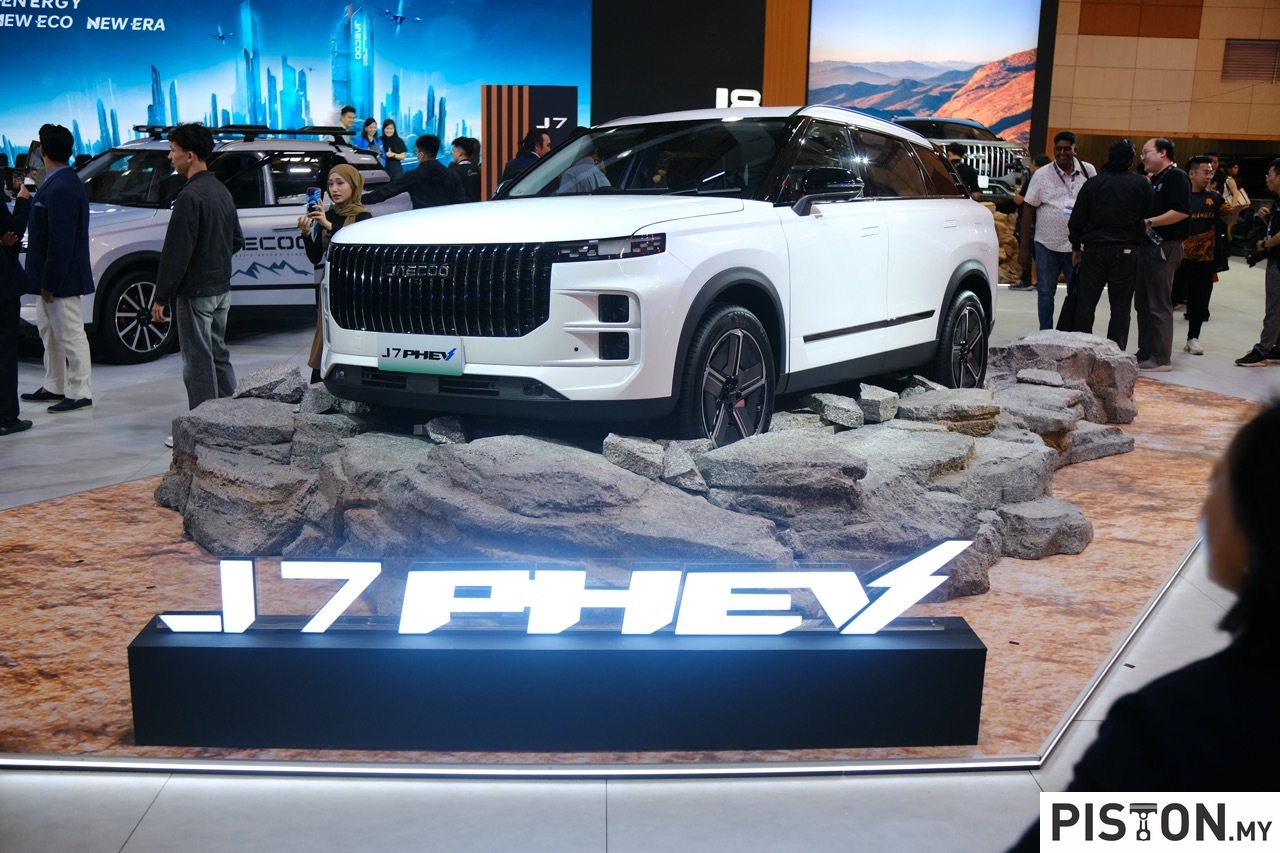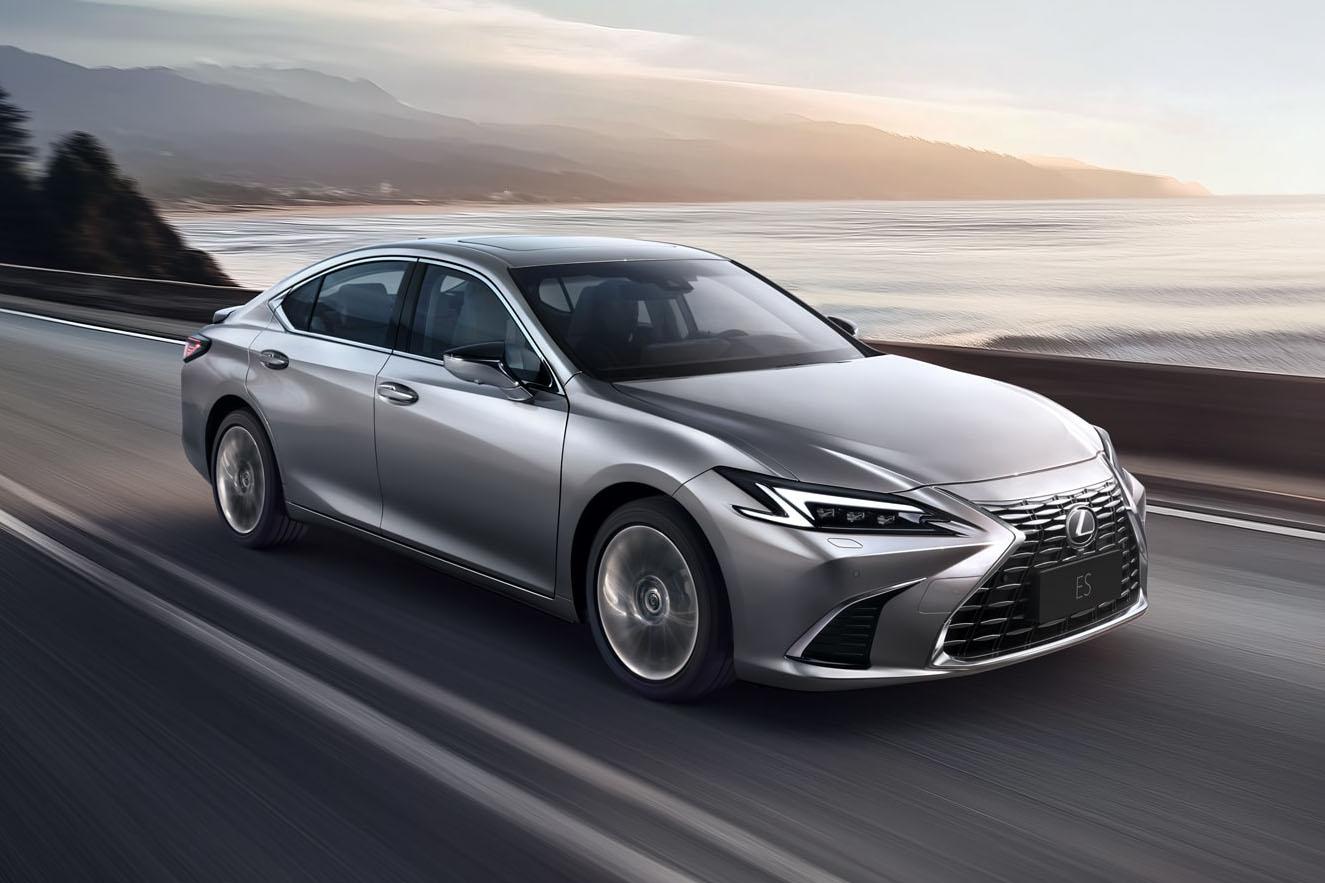Ford has had a notable presence in the World Rally Championship (WRC) over the years, dominating during some periods as well. Although the company has not won many championships, it has the second most number of events wins in the WRC after Citroen. Since the 21st century began, Ford has won two championships with the Ford Focus and Fiesta as well as many individual rounds.
M-Sport Ford, run by former rally driver Malcolm Wilson, has represented Ford in the WRC most years and in the opening round for the 2022 championship, the brand new Ford Puma Hybrid Rally1 car. It has been developed by M-Sport Ford at its UK base for the new era of rallying where hybrid powertrains are being introduced.
M‑Sport Ford is entering 3 cars for this year’s championship which will be the 25th year of the hugely successful partnership between Ford and M-Sport. “One of the most captivating aspects of WRC down the years has been the clear link between the ultra-high performance rally cars and their road-going equivalents,” said Mark Rushbrook, Global Director, Ford Performance. “That’s why it’s so important that this new era of WRC reflects our industry’s shift to electrification. At Ford, we’re fully committed to an electrified future, and campaigning the M-Sport Ford Puma Hybrid Rally1 car in the toughest conditions is going to help us develop even more exciting electrified powertrains for our customers.”
Powered using similar principles to the Puma EcoBoost Hybrid road car on which it is based, the new Puma Hybrid Rally1 is Ford’s first electrified competition car. It has a next-generation hybrid powertrain that captures energy during braking and coasting, and stores it in a 3.9 kWh battery pack. The energy is then used to supplement the performance of the turbocharged 1.6-litre EcoBoost petrol engine with repeated boosts of up to 3 seconds from a 100 kW electric motor.
The car can also use its electrified powertrain to travel through towns, cities, service parks and chosen sections between stages using pure-electric power. So it’s a rather different image from the noisier rallycars of the past. The battery pack can be recharged using an external power source at the dedicated service points between stages, with a recharge taking approximately 25 minutes.
Another new requirement by the FIA (for Rally1 competitors) is that fossil-free fuel must be used from this year’s season. This is in line with the FIA’s goal of achieving sustainability and the fuel must have a blend of synthetic and bio-degradable elements.
While the petrol engine produces 380 ps/420 Nm, maximum output from the hybrid system is up to 500 ps with 500 Nm of torque, all going through a 5ive-speed sequential manual transmission and 50/50 torque split 4-wheel drive. With a minimum body weight of 1,260 kgs, the car’s 0 to 100 km/h time is said to be 3.2 seconds.
Hybrid power for new era of World Rally Championship starts this year



